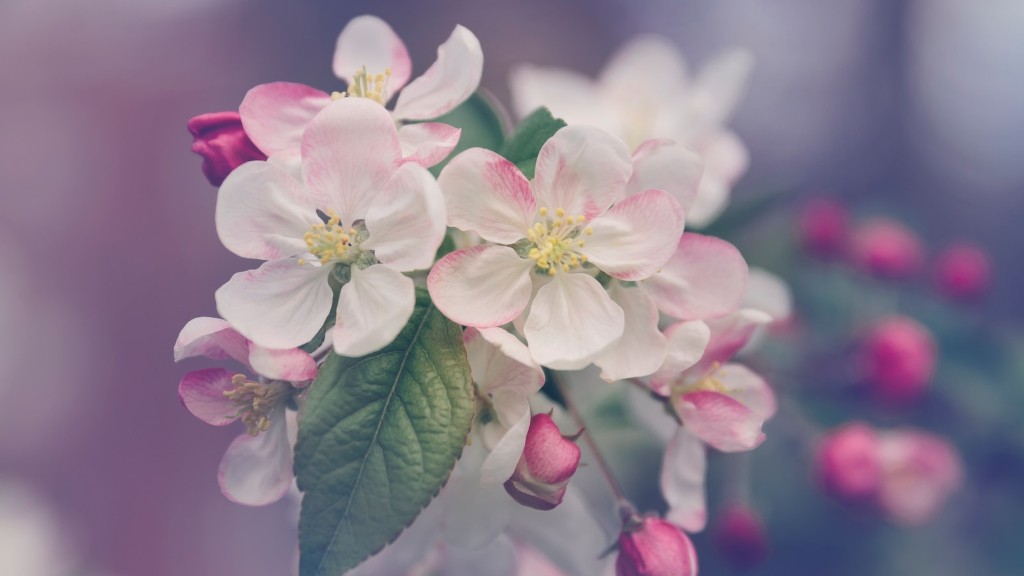The Causes of Yellow Leaves on a Palm Tree
Having yellow leaves on a palm tree can be an indication of several things, ranging from nutritional deficiencies to disease and other environmental factors. The signs and information present can help an owner determine the possible cause, so they can take action to fix the problem. Nutritional deficiencies such as Iron or Magnesium, or too much water or fertilizer can be among the main factors. Further, disease or pests may strike the tree, or too much sun exposure or dry air can also cause the palm leaves to turn yellow. It is important for an owner to determine the cause in order to provide the correct remedy for the tree.
Nutrition Deficiencies
A palm tree needs a balanced supply of essential and trace elements to be healthy and produce a vibrant green color. Deficiencies of Iron or Magnesium can cause yellow color to bleed into the leaf area, resulting in yellow leaves on the tree. An application of fertilizer specifically tied to the particular species of tree should be applied to ensure adequate nutrition.
Though it is important to supply the palm tree with the right amount of food, it is also very important to ensure that the tree does not receive too much. When too much fertilizer is applied or the tree is watered too regularly, it can cause the leaves to experience nutrients burn. The minimum amount should be applied and if not successful, the palm tree requires a more serious form of nutrition.
Disease/Pest Infection
A palm tree may be at risk for various diseases and/or pest infections. Yellow leaves stemming from disease and pest issues can often be very easy to spot as you may be able to see mold, spots, or even webs on the plant. An infected tree may also demonstrate signs of discoloration, swelling, or visible damage. If the infection is severe, then your palm tree may require extensive treatments such as fungicide applications or other professional aids.
Environmental Factors
Too much sun exposure and dry air can cause the palm leaves to dehydrate and turn a light yellowish color. If the environment is predominantly dry, then an owner should supplement water during the hottest hours of the day, in order to maintain healthy hydration of the leaves. In environments that experience intense sunlight and temperatures, it might be wise to move the tree to a slightly shadier location or install sun shielding to protect the tree.
Foliar Sprays
A foliar spray results in the nutrients being directly applied to the leaves via a water-soluble formula. This process allows for the tree to absorb the nutrients more easily and quickly than with soil application. However, a foliar spray should not replace regular fertilizing and soil conditioning.
Seaweed Treatment
Seaweed extract works to encourage healthy root development and can increase the vitality and vigor of your palm tree. Seaweed applications are known to reverse yellowing leaves and promote strong growth. Seaweed extract must be mixed with water and a fertilizer solution, then applied to the soil or sprayed onto the leaves for maximum effectiveness.
Treating with Iron
If the cause is determined to be a nutritional deficiency, it is important to treat the yellow leaves with the correct soil amendment. Iron chelate is one of the most common and important amendments for palm trees. Iron helps to correct yellowing leaves and increases the absorption of other essential elements. The success of the application depends on the type of soil and the amount of humus, as this can affect the amount of Iron the tree can absorb.
Avoiding Stress
The most important thing to keep in mind is to not shock your palm tree with a sudden change or application. Larger, more dramatic treatments should be carried out gradually and in stages, over a longer period of time. It is also important to ensure that the cause of the yellow leaves is accurately determined before taking any course of action, as this may save time and money.
Foliar Feeding Systems
Foliar feeding systems consist of a liquid fertilization solution that can be applied directly to the leaves of the palm tree via an appropriate nozzle or sprayer. This method offers an almost instantaneous payoff as the foliage can quickly absorb the essential elements being applied. However, the use of foliar feeding systems should only be considered after traditional methods have been carried out and observed for any response.
Soil Examinations
When attempting to diagnose and treat yellowing leaves on a palm tree, it is important to examine the soil in the surrounding area. Low levels of Iron and other essential elements can appear as yellowing leaves and stems on the plant, but can easily be corrected by adding the proper soil amendment. It is best to have a professional come in to inspect the soil and surrounding area in order to properly treat the cause of yellowing leaves.
Summary
Having yellow leaves on a palm tree can be an indication of several things, ranging from nutritional deficiencies to diseases, pests, or environmental factors. It is important for an owner to determine the cause in order to provide the correct remedy for the tree. Treatments may include fertilizer, foliar sprays, seaweed extract, iron chelate, or soil examinations. It is also important to avoid shocking the palm tree with sudden changes and applications.


